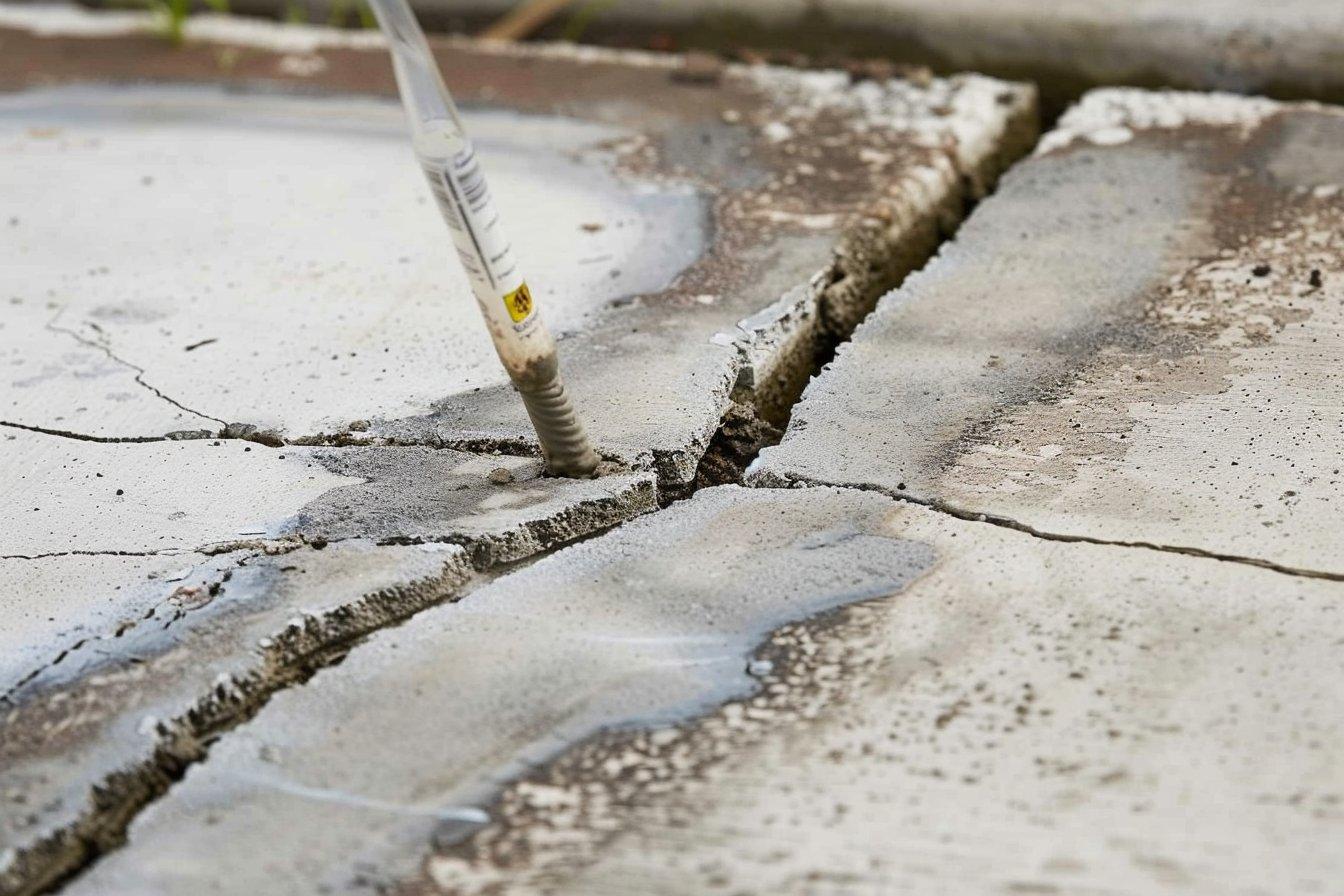How to assess property risk exposure across international sites
Assessing property risk across international sites requires consistent processes, local knowledge, and clear data on assets, compliance and exposure. This article outlines practical steps to evaluate risk, document inventory, and align property protection and restoration planning across jurisdictions.

Assessing property risk exposure across international sites begins with establishing a consistent framework that balances global standards and local specifics. Start by cataloguing assets, creating a detailed inventory and recording building characteristics, occupancy, and nearby hazards. Combine on-site inspection data with local compliance requirements, zoning and environmental considerations to form a baseline valuation. This baseline supports underwriting decisions, sets expectations for coverage, and informs how premiums and liability limits should be structured across jurisdictions.
How to document assets and inventory for valuation
A comprehensive inventory is central to accurate property valuation and subsequent underwriting. List physical assets, systems, and critical contents with serial numbers, replacement values, and depreciation where applicable. Use digital records and geotagged photographs to standardize inspection reports across sites. Maintain records of maintenance schedules and past restoration work to refine replacement cost estimates. Clear inventory data reduces disputes during claims and underpins more precise premium calculations.
What should inspections and appraisals cover for coverage decisions?
Inspections and appraisals should assess structural integrity, fire and flood exposure, electrical and mechanical systems, and surrounding risk factors such as nearby industry or natural hazard zones. Professional appraisals provide valuation and an evidence base for underwriting, while periodic inspections highlight maintenance needs that affect both risk and coverage pricing. Document inspection findings consistently and use them to recommend mitigation measures that can lower long-term premium exposure.
How do underwriting and premium setting adapt to international risk profiles?
Underwriting across multiple countries must account for varying regulatory environments, construction standards, and local claims history. Insurers adjust premium models to reflect differences in liability exposures, replacement cost estimates, and restoration capacity. Where local restoration services are limited, insurers may factor higher potential claims or supply-chain delays into premium estimates. Clear underwriting guidelines and consistent data inputs from inspections and appraisals help maintain comparability of premiums across sites.
How to manage claims, restoration planning, and resilience?
Effective claims management starts with pre-loss planning and a clear restoration strategy. Map local restoration providers and expected lead times for materials and skilled labor. Establish standard claims procedures, centralized documentation protocols, and designated contacts for quick response. Investing in resilience measures—such as flood defenses, redundant systems, and documented maintenance—reduces the frequency and severity of claims and supports faster restoration after an event.
What role does compliance and liability play in risk mitigation?
Legal and regulatory compliance directly affects liability exposure and coverage limits. Review local building codes, environmental regulations, and occupational safety requirements to identify gaps that could increase liability. Ensure certificates, permits, and inspection reports are up to date and stored in a central repository. Addressing compliance gaps through targeted maintenance, policy updates, or contractual risk transfers (such as hold-harmless clauses) lowers potential liability and improves insurer confidence.
How to monitor risk and maintain ongoing mitigation efforts
Continuous monitoring and scheduled maintenance are essential to sustain resilience. Implement a centralized risk register that tracks inspection results, mitigation actions, and upcoming maintenance tasks. Use performance indicators like time-to-repair, frequency of claims, and changes in local hazard mapping to prioritize investments. Regularly review coverage terms to ensure valuation methods and liability limits match evolving asset values and operational needs. Training local teams on inspection standards helps keep data consistent and actionable.
Conclusion
A systematic approach to assessing property risk exposure across international sites combines accurate inventory and valuation, standardized inspections and appraisals, and targeted mitigation to reduce claims and restoration time. Align underwriting inputs with local compliance and maintenance practices to produce fair premium estimates and manageable liability profiles. Ongoing monitoring, clear documentation, and investment in resilience create a stronger risk posture for property portfolios spanning multiple jurisdictions.





